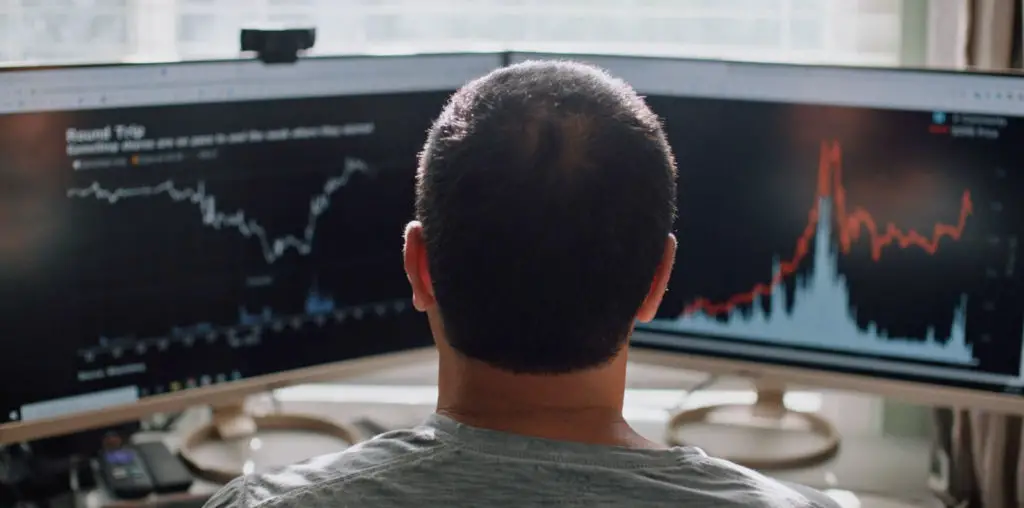
In “The Wind That Shakes the Barley,” Ken Loach’s film about the Irish Republican Army, the brutality of British officials occupying Ireland in the 1920s equals that of the Nazis. The opening minutes of this 2006 Palme d’Or winner at Cannes depict the rough-and-tumble actions of a field hockey game, but the competitive fun ends when the young players return to their farmstead village to be accosted by maniacal Brits. “All public meetings are banned!” a Napoleon-sized leader screams, “and that includes your cocky little games!” His troops appear to be megalomaniacs high on the power that their leaders have given them. They threaten violence and death at the first sign of resistance, though we don’t witness the depths of their evil until much later, when they brutally torture captured IRA members (squeamish beware). As the young Irish men protest the rules preventing their game, they show their exasperation of dealing with such dictums against their civil rights.
When a teen refuses an order to state his name and fights back when assaulted, British officers take him into an enclosed chicken coop. Though his friends and family struggle to release him, things grow quiet in the shed for a moment, which the camera never enters – until a scream is let out, soon followed by the exit of the officers with blood thick on their hands. They walk back outside as if their crime were a routine part of their job. After witnessing this scene, it’s no wonder many Irish have regarded the English with disgust.
This opening proves to be an astute segue into the story of Damian Sullivan (Cillian Murphy, proud of his Irish blood), who has witnessed his friend’s cold-blooded murder. About to leave town to embark on a career in medicine, Damian chooses to formally join the IRA and take on the occupying enemy. The reverence and respect his friends and family give him show what an asset he will be to the group. While his enlistment promises justice to come, the irony and tragedy in Damian’s character is that, through his new tenure, he will soon be capable of committing cold-blooded murder. Before a political execution later in the film, he relates his weariness concerning his new mission: “I studied anatomy for five years to learn how to shoot this man in the head.I hope this Ireland we’re fighting for is worth it.’
After enlisting, Damian embarks on terrorist activities with his brother, Teddy (Padraic Delaney). Regarding every act as a vindication of the Irish Republic, Damian is soon breaking and entering British quarters and fighting with Machivellian means against his much stronger oppressors. While known for his uniquely chilling looks – with steel blue eyes sitting within a boyish face – that have landed him in many thrillers, Murphy also reflects his characters’ determination. Consider how Murphy sold his fairly over-the-top persona in Wes Craven’s “Red Eye”: when his character reveals that he is a political hitman to his cabin-mate (a convincingly petrified Rachel McAdams), his cold stare proves that he is dead set on a mission. (In Neil Jordan’s “Breakfast on Pluto,” he turns his concentration toward realizing the fluidity of gender.) As an IRA officer in “Wind,” the actor personifies a soulfully committed man who cannot think of anything outside of defeating his foes.
This drama deals out plenty of action when the IRA strikes, hides, but is soon hunted down by the omnipresent British. With so many thrills, Loach has completed one hell of a multi-functioning work. The high-kinetic scenes remind us that the filmmaker would easily have a tight thriller on his hands if he weren’t more dedicated to exploring his characters and their political situation.
Ever socially conscious, the director shows that “Wind” is about the people behind the national cause. Loach favors two-shots, or frames even more characters at once – by doing so he highlights the community over the individual, even if Paul Laverty devotes his script to Damian. (And when Loach’s camera does focus in on the central performer, the director plunges right into his character’s psyche at its breaking point.) By focusing on a group that assembles locally, “Wind” highlights the grassroots origins of the IRA, and how this group assembled to fight for its country and the very acreage on which its members live. Here we have a social drama so well built that it can pump out thrills while fueling Damian’s motivation.
